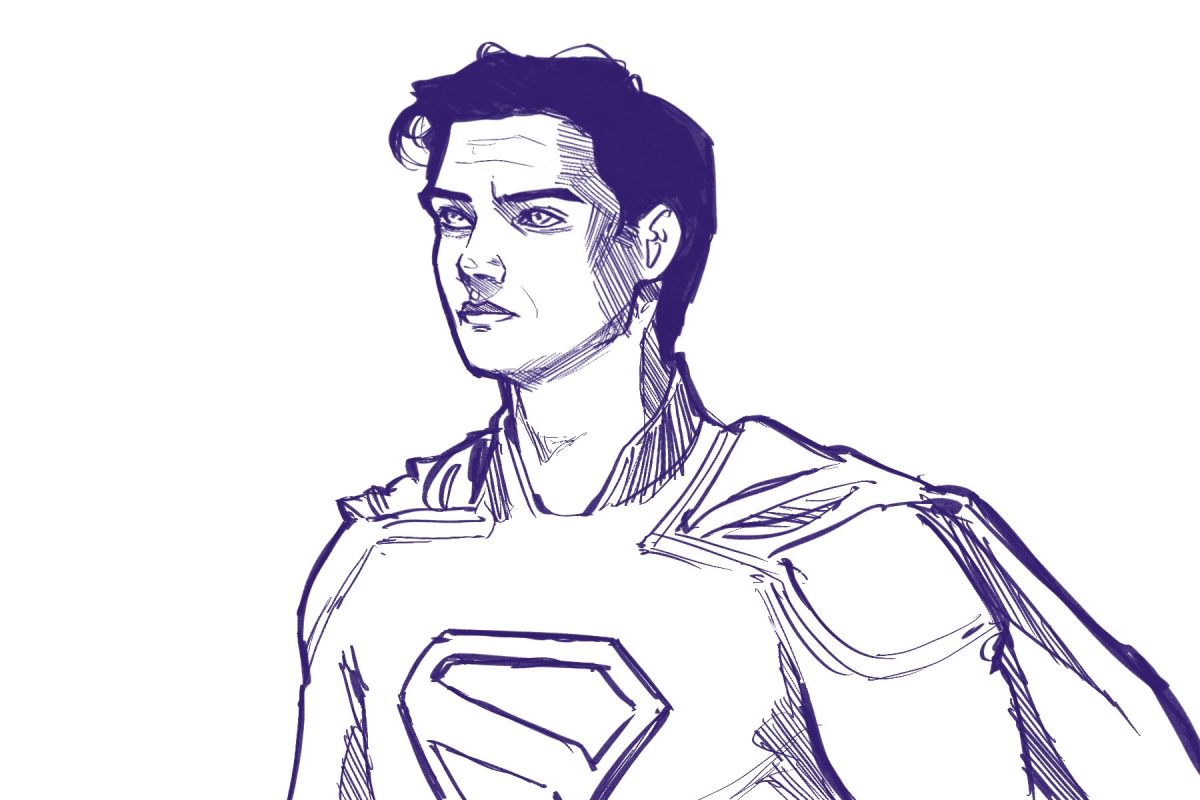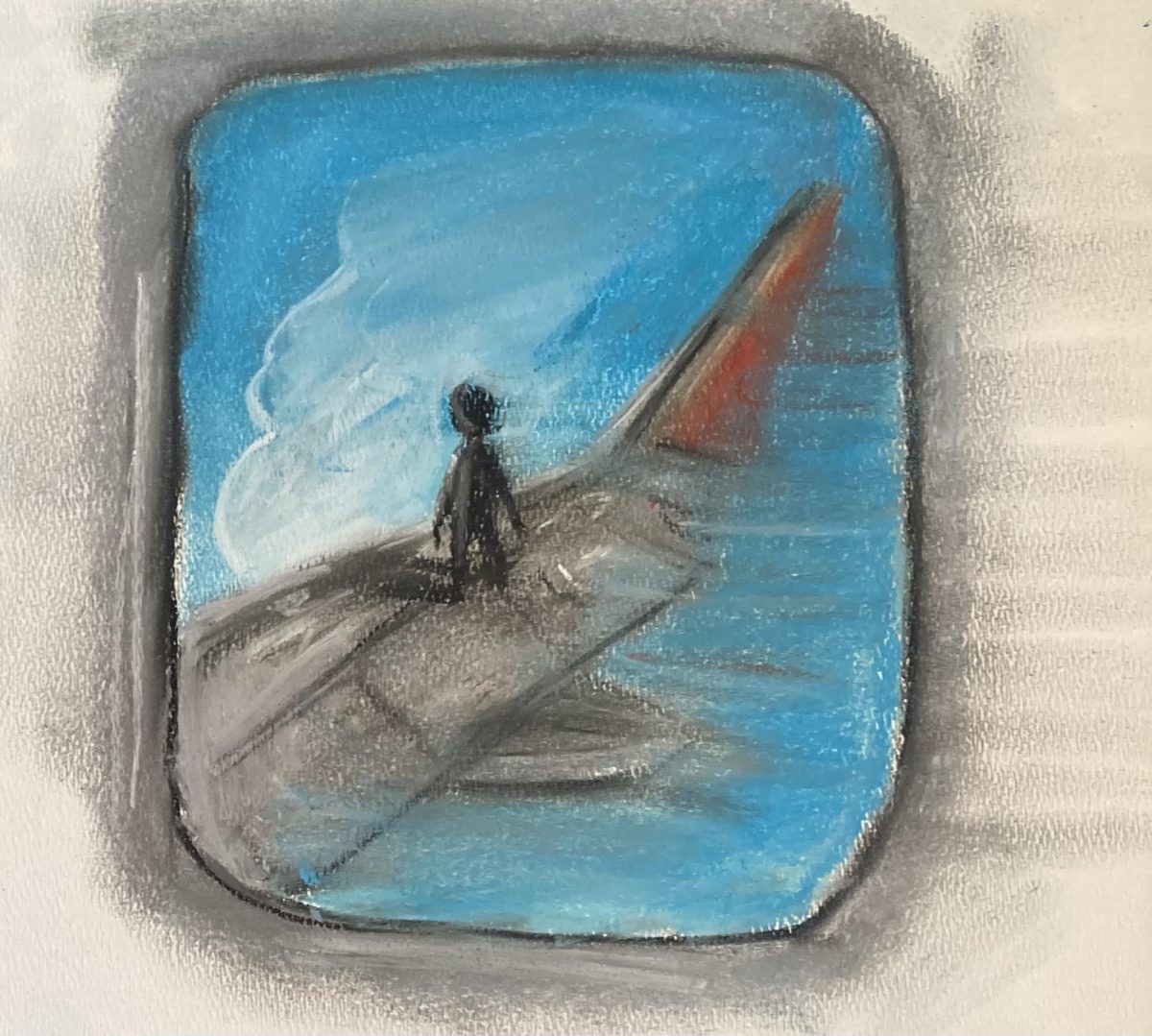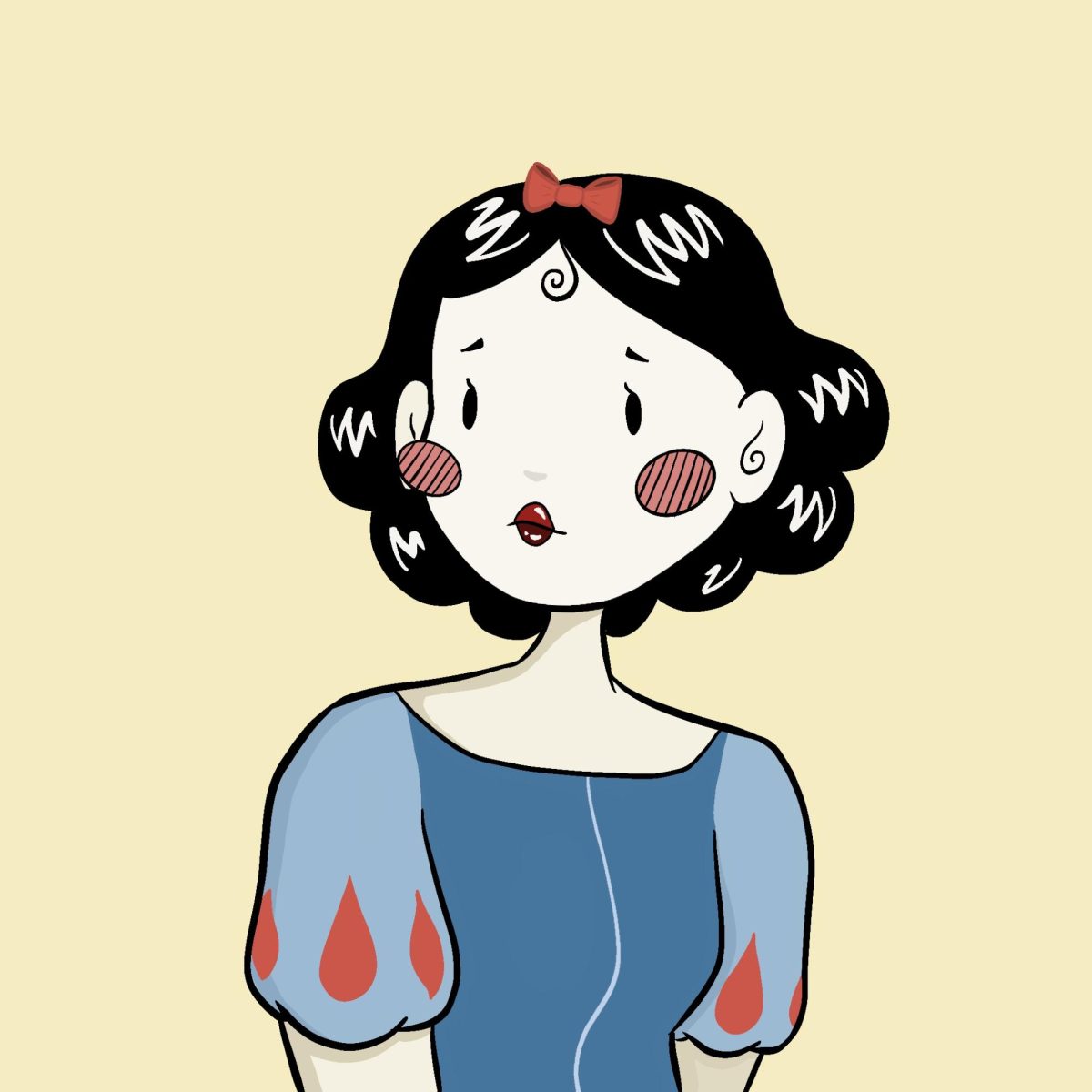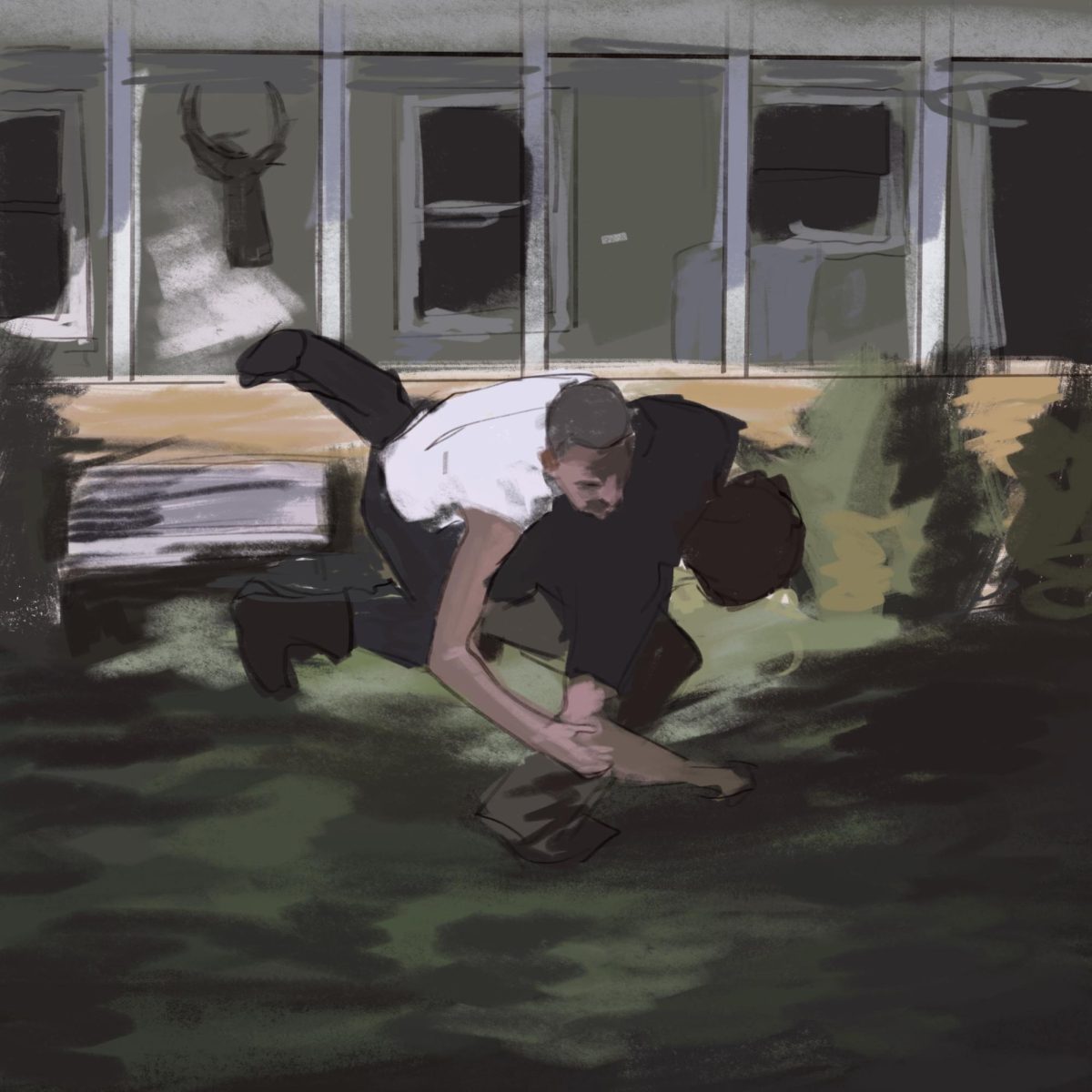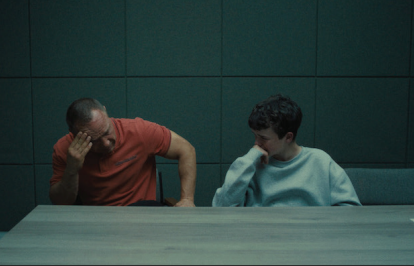In God Help the Child, internationally acclaimed author Toni Morrison returns with the modern day story, beautifully told and heart-wrenching, of Lula Ann Bridewell. Rejected by her mother because of her too-dark, blue-black skin, Lula Ann has nevertheless built a successful life. While Pecola, the protagonist in Morrison’s first novel, The Bluest Eye, struggles against her appearance, desperate in her desire for light skin and blue eyes, Lula Ann embraces her Blackness. She makes it part of her beauty — always wearing white clothes and shortening her name to Bride. She leads a successful new cosmetics company and is in love with her boyfriend Booker. In the novel, Bride comes of age and tries to make amends for a terrible lie she told as a young girl. However, in the process, her boyfriend Booker walks out on her, saying only: “You not the woman I want.” Although lacking the majesty of her previous works such as Beloved or the richness of language and boldness of vision found in The
Bluest Eye, the message of the book is met through Morrison’s unmistakable and uncompromising intensity: “What you do to children matters, and they may never forget.”
God Help the Child is the story of Bride’s determination to find Booker and understand the reasons for his abandonment. In her need to revisit the truth about the court case she was involved in as a child, the story becomes an emotional and physical voyage back to her own childhood. In a touch of magical realism that parallels her return to innocence and truth, Bride’s body returns to a child’s form. Life, as shown to us in God Help the Child, is hard and often painful. Although the novel is short, less than two hundred pages, Morrison examines the beauty and ugliness in us all.
I found myself somewhat disappointed by the relatively straightforward multi-perspective narrative style Morrison employed, particularly when comparing it to her earlier works that are renowned for their intricate and poetic prose. Morrison’s novels like Beloved and Song of Solomon are celebrated for their rich, metaphorical language and intricate narrative structures. How-
ever, God Help the Child takes on a more direct and accessible writing style, which I, as a fan of Morrison’s previous works, found less captivating. I missed the lyrical depth that I had come to associate with Morrison’s storytelling. Addition-
ally, I couldn’t help but notice that God Help the Child received criticism for its brevity and what some readers perceived as a lack of depth in character development. I personally expected a more profound exploration of the central characters, especially Bride and Booker. When comparing this novel to Morrison’s earlier works where characters were meticulously crafted, and their backgrounds were extensively explored, God Help the Child presented characters with relatively fewer complexities. This departure from Morrison’s usual character-driven narratives left me wanting a deeper connection to the individuals within the story, and I couldn’t help but feel that it fell short of the standard set by her earlier, more intricate characterizations.
This article also appears in our September 2023 print edition.



